Owning a dog is a joyous experience filled with companionship and love, but it also comes with significant responsibilities, including financial ones. Veterinary bills can be a major expense for dog owners, and certain breeds are more prone to health issues that require frequent vet visits, specialized treatments, and even surgeries. These costs can add up quickly, making some breeds more expensive to care for than others. Whether due to genetic predispositions or physical characteristics, these breeds demand deep pockets to ensure they receive the best possible care. Here are thirteen dog breeds known for their high veterinary costs, listed from number thirteen to one.
13. Great Dane
Great Danes, with their imposing size and gentle demeanor, are prone to several health issues that can result in hefty veterinary bills. Common problems include hip dysplasia, heart disease, and bloat, a life-threatening condition that requires immediate medical attention. Their short lifespan and susceptibility to various health problems make owning a Great Dane an expensive commitment. Regular screenings and preventive care are essential to manage their health issues, contributing to their high veterinary costs.
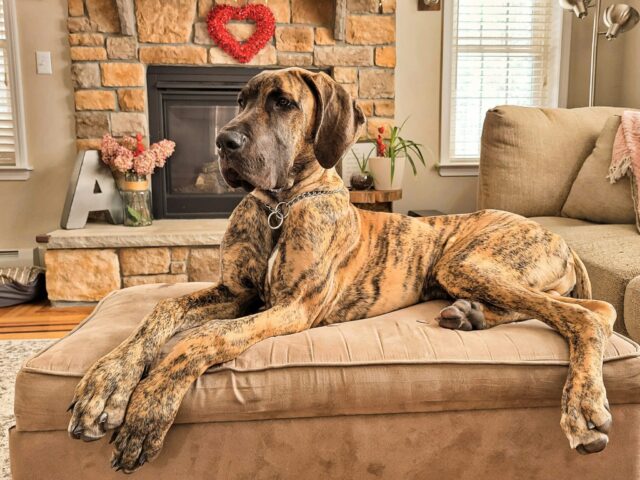
12. Bernese Mountain Dog
Bernese Mountain Dogs are beloved for their affectionate and gentle nature, but they are also prone to several health issues that can result in high vet bills. These large dogs often suffer from hip and elbow dysplasia, as well as various cancers, which can be costly to treat. Their thick coats also make them susceptible to skin issues that require ongoing medical care. The combination of these conditions and their relatively short lifespan often results in frequent veterinary visits and significant expenses.
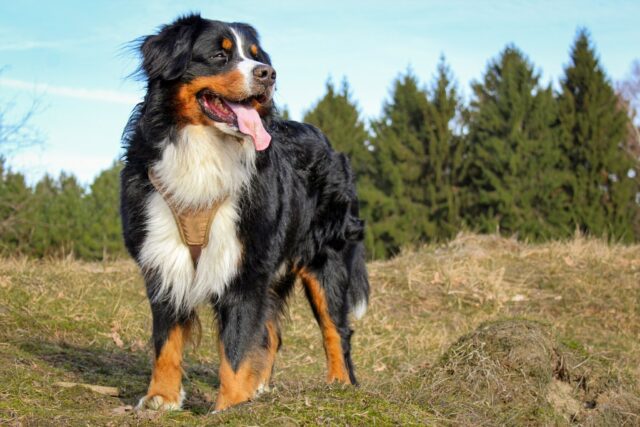
11. French Bulldog
French Bulldogs are incredibly popular due to their charming personalities and compact size. However, their unique physical characteristics can lead to numerous health problems. Brachycephalic syndrome, which affects their breathing, is common and often requires surgery. They are also prone to hip dysplasia, allergies, and intervertebral disc disease, all of which contribute to significant veterinary expenses. Regular check-ups and treatments for these conditions can be costly, making French Bulldogs one of the breeds with higher vet bills.
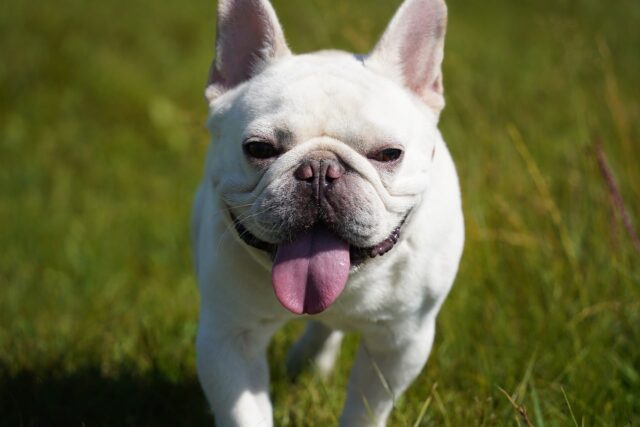
10. Newfoundland
Newfoundlands are large, gentle dogs known for their sweet disposition and love of water. Their size, however, makes them prone to various health issues such as hip and elbow dysplasia, heart disease, and cystinuria, a condition that leads to the formation of bladder stones. These conditions often require extensive and expensive veterinary care, making Newfoundlands one of the breeds with higher vet bills. Preventive measures and regular screenings are essential to managing their health, adding to the overall cost of ownership.
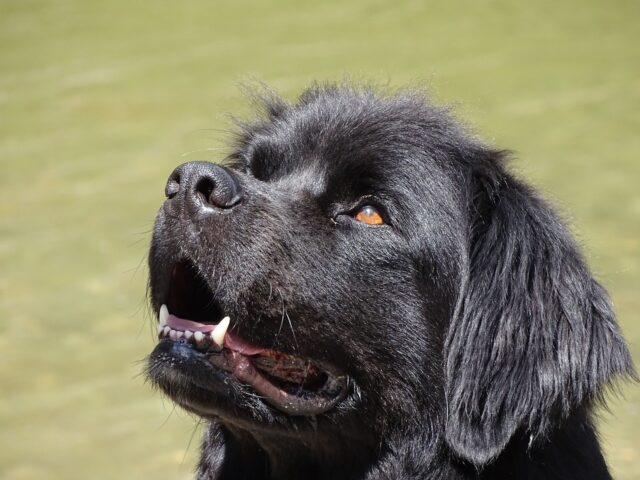
9. Rottweiler
Rottweilers are robust and powerful dogs, but they are also susceptible to several health problems. Hip and elbow dysplasia, as well as heart issues like cardiomyopathy, are common. Rottweilers are also at risk for various cancers, which can be very costly to treat. Regular screenings and treatments for these conditions contribute to the high veterinary costs associated with this breed. Ensuring a Rottweiler’s health requires significant financial investment in preventive care and medical treatments.
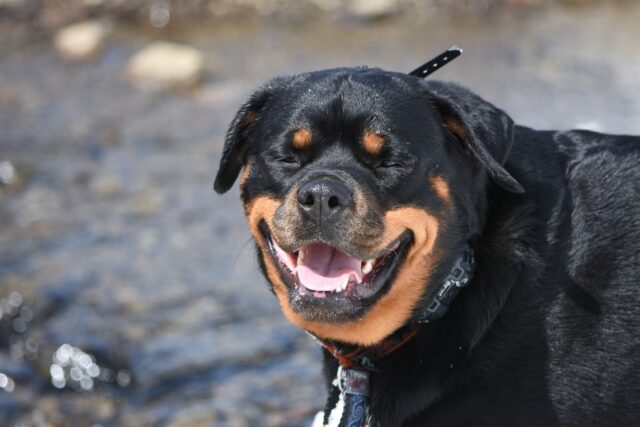
8. English Bulldog
English Bulldogs, with their distinctive wrinkled faces and stocky build, are prone to numerous health issues. They frequently suffer from respiratory problems due to their brachycephalic nature, hip dysplasia, skin infections, and eye issues like cherry eye. Many of these conditions require surgery and ongoing treatment, leading to substantial veterinary expenses. Regular care to manage their health issues is crucial, making English Bulldogs one of the more expensive breeds to maintain in terms of medical costs.

7. Saint Bernard
Saint Bernards are gentle giants known for their calm and friendly demeanor. Their large size predisposes them to several health issues, including hip and elbow dysplasia, heart problems, and a higher risk of certain cancers. Additionally, their thick coats can lead to skin infections and other dermatological issues. These health problems often result in high vet bills over their lifetime, requiring regular veterinary care and preventive measures to manage their health effectively.

6. Irish Wolfhound
Irish Wolfhounds are the tallest of all dog breeds and are known for their gentle and friendly nature. However, their size comes with a predisposition to several health problems, including heart disease, bone cancer, and hip dysplasia. Their short lifespan and susceptibility to these serious conditions can result in significant veterinary expenses. Regular veterinary visits and treatments are necessary to ensure their health and well-being, contributing to the high cost of owning an Irish Wolfhound.
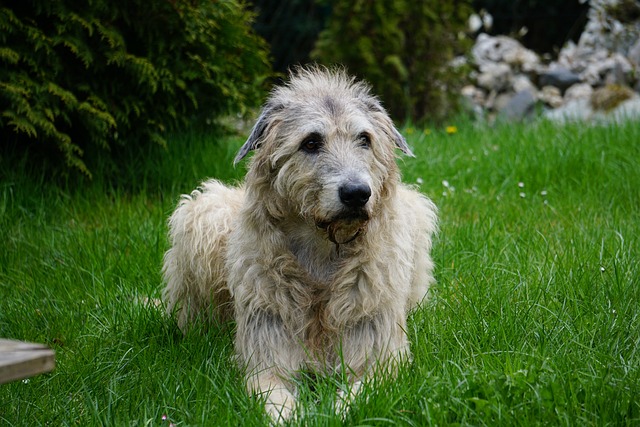
5. Basset Hound
Basset Hounds are recognizable by their long ears and droopy faces. They are prone to several health issues, including hip dysplasia, ear infections, and intervertebral disc disease due to their long bodies and short legs. Their ears require regular cleaning to prevent infections, and their eyes are prone to conditions like glaucoma, all contributing to high veterinary costs. Managing these health issues requires consistent veterinary care, adding to the overall expense of owning a Basset Hound.

4. Weimaraner
Weimaraners are athletic and energetic dogs known for their striking silver coats. However, they are prone to a variety of health problems such as hip dysplasia, bloat, and hypothyroidism. Additionally, they can suffer from entropion, a condition where the eyelid rolls inward, irritating. These health issues require ongoing medical care, resulting in high veterinary expenses. Regular check-ups and preventive measures are essential to managing their health, contributing to their high vet bills.

3. Doberman Pinscher
Doberman Pinschers are loyal and intelligent dogs, but they are also prone to several serious health issues. Dilated cardiomyopathy, a condition that affects the heart, is common in this breed. They are also at risk for hip dysplasia, hypothyroidism, and von Willebrand’s disease, a bleeding disorder. These conditions require regular veterinary care and can lead to significant medical expenses. Ensuring a Doberman Pinscher’s health involves regular screenings and treatments, adding to the cost of ownership.
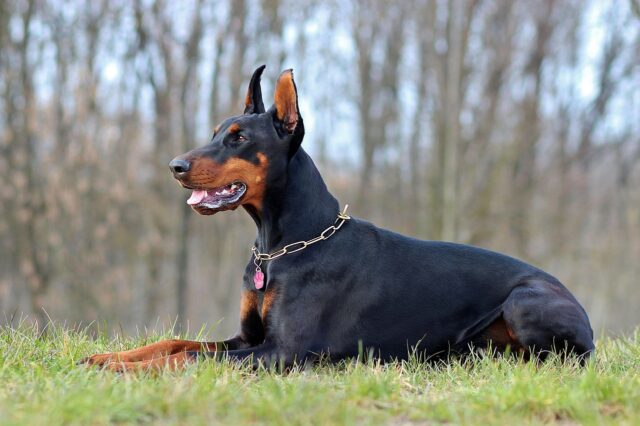
2. Dachshund
Dachshunds, with their long bodies and short legs, are prone to intervertebral disc disease, which can require surgery and extensive rehabilitation. They are also at risk for obesity, which can exacerbate spinal problems. Regular vet visits for spinal health, weight management, and other conditions like diabetes contribute to their high veterinary costs. Preventive care and treatments to manage these issues are crucial, making Dachshunds one of the breeds with higher vet bills.

1. Tibetan Mastiff
Tibetan Mastiffs are lesser-known but incredibly majestic dogs. They are known for their impressive size and thick coats, which make them prone to several health issues. Common problems include hip dysplasia, hypothyroidism, and entropion. These conditions often require surgery and ongoing medical treatment. Additionally, their thick coats can lead to skin issues that need regular attention. The rarity and specialized care required for Tibetan Mastiffs contribute to their high veterinary bills, making them one of the most expensive breeds to own in terms of medical expenses.

Understanding the potential veterinary costs associated with different dog breeds can help prospective owners make informed decisions. While these breeds are known for their health issues, they also bring immense joy and companionship. By preparing for these expenses, owners can ensure their furry friends receive the best possible care, enhancing their quality of life and strengthening the bond between them and their beloved pets.
 Toledo, United States.
Toledo, United States.